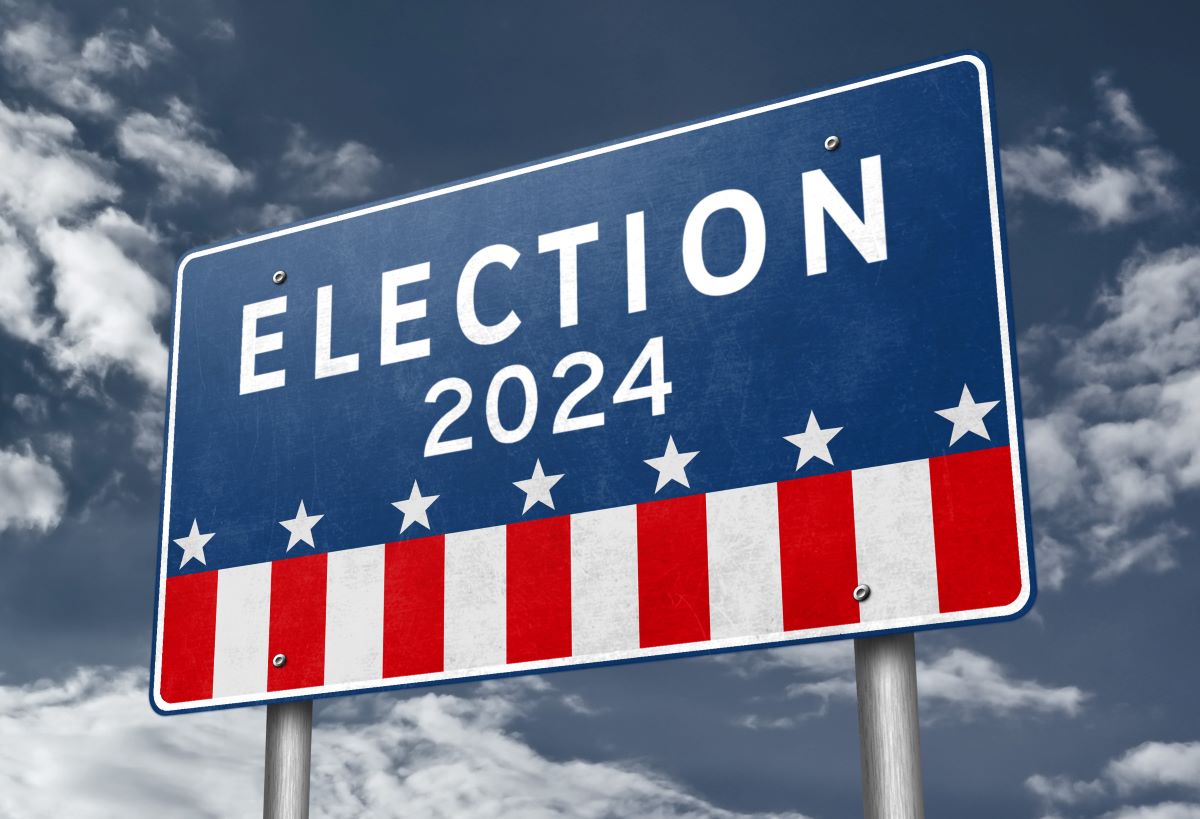On June 1, 2023, Gov. Gavin Newsom, Attorney General Rob Bonta and State Superintendent of Public Instruction Tony Thurmond issued a joint letter related to book bans and the legal standards that guide decisions related to limiting instructional materials and resources available in school libraries. Days prior, the California Department of Education issued a “Guidance on Removal of Instruction or Instructional Materials” that summarizes student rights and legal standards related to the requirements and prohibitions in instruction and instructional materials.
The interpretation and analysis of case law, statutes and sections of the California Constitution that are referenced and cited in the letter and guidance are helpful in understanding the First Amendment and nondiscrimination rights held by students and the requirements for materials used and available in schools. However, both documents are silent about the important role that school boards play in both protecting the rights of students and meeting the needs of their communities through the adoption of school instruction and instructional materials. Several laws and cases outline this key board responsibility and discretion in relation to school library and instructional materials.
School library materials
Selection of materials for school libraries (or media centers) is subject to the discretion of the governing board and guided by the rights of students. The balance of those two concepts is not highly regulated by statute or regulation, but the Education Code and some cases offer guidance for what is permitted when adding or removing materials in a school library. For example, Board of Education Island Trees Union Free School District v. Pico (457 U.S. 853 (1982)), a case cited to in the letter, clarifies that boards have authority to remove books from libraries, however the process and reason for the removal are key when determining whether the removal upholds students’ First Amendment rights. The standard set in Pico for when a book can be removed requires the removal to be due to the book’s “educational suitability” or “pervasive vulgarity.” (Id. at 871.) What exactly these two standards mean has not been defined by the Court any further, but they offer the starting place for what is a permissible removal. Further, the process for removing books must be “established, regular, and facially unbiased.” (Id. at 874.) In summary, local boards have discretion to remove books from school libraries, but they must only use that discretion in an established process and the intention for the removal must be constitutionally valid, meaning it “may not be exercised in a narrowly partisan or political manner.” (Id. at 854.)
Importantly, the Supreme Court’s ruling in Pico is very narrow and fact specific. The Court explains that the considerations outlined in the case apply only to the removal of library books and not to considerations of curriculum or to the adding of library books. CSBA’s sample policy 6163.1 offers a starting place for a selection policy for school library materials. For example, it states that, “the Board may establish selection criteria that exclude all materials of a sectarian, partisan, or denominational character as authorized by Education Code 18111.” Sample policy 6163.1 also adds that selection of materials should invite recommendations from various stakeholders in the school community.
Instructional materials
Decisions related to curriculum are left to school boards and unlike library books, those decisions are guided by processes and considerations specifically outlined in the Education Code, some of which are referenced in CDE’s guidance. CDE’s guidance details what content must be included in instruction and instructional materials but does not provide the process for selection of instructional materials, which is critical to understand the important role of governing boards.
As background, there are three broad terms to describe the content that is delivered to students, with each successive term offering a more descriptive category that fits within the previous. First, content standards are “what students should know and be able to do in each subject at each grade.” (CDE Instructional Material FAQ answer to Question 3.) The State Board of Education decides on and adopts content standards for all grades. (Education Code sections 60604–60618.) Next, “Curriculum frameworks offer guidance for implementing content standards. Frameworks describe the curriculum and instruction necessary to help students achieve proficiency, and they specify the design of instructional materials and professional development.” (CDE FAQ answer to Question 4.) Finally, “instructional materials” means all materials that are designed for use by pupils and their teachers as a learning resource and help pupils to acquire facts, skills or opinions or to develop cognitive processes. Instructional materials may be printed or non-printed, and may include textbooks, technology-based materials, other educational materials and tests.” (Ed Code section 60010(h).)
The State Board adopts instructional materials for grade K-8 (as required by Article 9 Section 7.5 of the California Constitution) using a review process outlined in Education Code section 60200 and Title 5 regulations sections 9510-9525. Education Code section 60210 permits schools to use instructional materials that are not adopted by SBE only if the instructional materials align with state academic content standards or Common Core State Standards. SBE does not adopt materials for grades 9-12. Rather, boards for grade 9-12 select the materials used in those grades upon determining that the materials meet the criteria specified in law. (Education Code section 60400.)
The Education Code provides additional requirements for how instructional materials are adopted and considered. For example, Education Code section 60002 states the following “Each district board shall provide for substantial teacher involvement in the selection of instructional materials and shall promote the involvement of parents and other members of the community in the selection of instructional materials.” Additionally, as described in CSBA sample policy 6161.1 “as a condition of receiving funds for instructional materials from any state source, Education Code section 60119 requires the Board to annually hold a public hearing to determine whether each student in the district has sufficient standards-aligned textbooks or instructional materials in English/language arts (including English language development), mathematics, science, and history-social science that are consistent with the content and cycles of the curriculum framework adopted by SBE.”
Conclusion
In summary, the selection of instructional materials is a much more detailed and prescribed process when compared to the loosely regulated processes for the inclusion or exclusion of books in the school library. For instruction and instructional materials, there are detailed statutory processes that must be followed, and local boards have authority to select what instructional materials are ultimately used. However, with library books, boards only have very loose guidelines that do not have any detail on how they are practically applied. Nonetheless, in both circumstances, local boards have both the discretion and authority to select materials that include community input.





